Key Takeaways
- Achieve 2–4 times higher conversion rates on product pages by using authentic customer photos and videos instead of only brand ads.
- Implement UGC by placing shoppable customer galleries and reviews at key decision areas like Product Detail Pages and the checkout flow.
- Build crucial customer trust and brand loyalty by featuring real people who share their genuine experiences and honest product feedback.
- Note that 92% of consumers trust peer recommendations, making UGC the most powerful and cost-effective form of social proof for sales.
User-generated content (UGC) has become one of the most powerful tools for eCommerce brands looking to build trust, optimize PDP content, boost conversion rates, and drive sales across the entire customer journey.
From customer photos, reviews, and testimonials to TikTok short-form videos, Instagram Reels, and unboxing clips, consumers trust real people far more than polished brand ads — and retailers that leverage UGC effectively often see 2–4x higher conversion rates compared to traditional product pages, especially if they have an instagram revenue generation.
In a digital landscape dominated by social media platforms, shoppable content, and influencer marketing, integrating UGC into your eCommerce platform is no longer optional — it’s a competitive advantage.
What Is UGC in eCommerce?
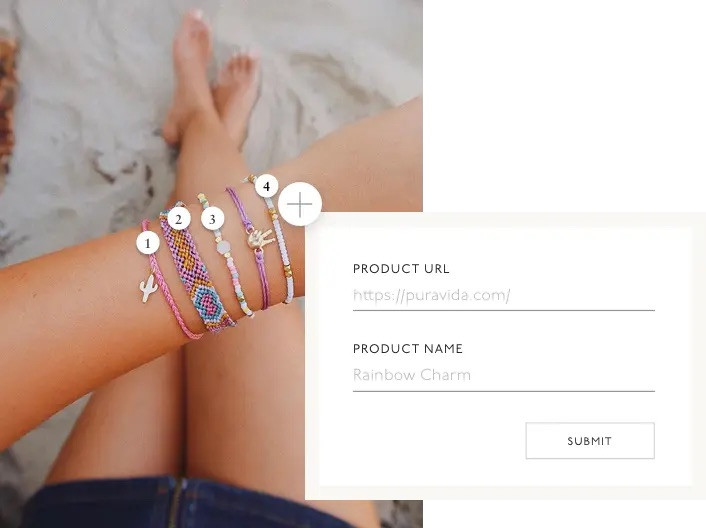
In an eCommerce context, user-generated content refers to any piece of content created by real customers rather than the brand. Common types of UGC include:
- Customer reviews and ratings
- Customer photos and videos (unboxing, tutorials, try-on)
- Testimonials
- Q&A content
- Real-time social media posts
- Influencer content repurposed into shoppable UGC
- TikTok monetization content and Instagram Reels
- UGC campaigns that encourage branded hashtags and community submissions
UGC can appear across:
- Product pages (PDPs)
- Home pages
- Category pages
- Email sequences
- Paid ad campaigns
- SMS flows
- Loyalty program dashboards
- Checkout flows
- Post-purchase sequences
Brands use UGC because authentic content from real customer experiences helps potential buyers visualize the product and builds trust faster than any brand-owned asset.
Why UGC Matters: Business Impact
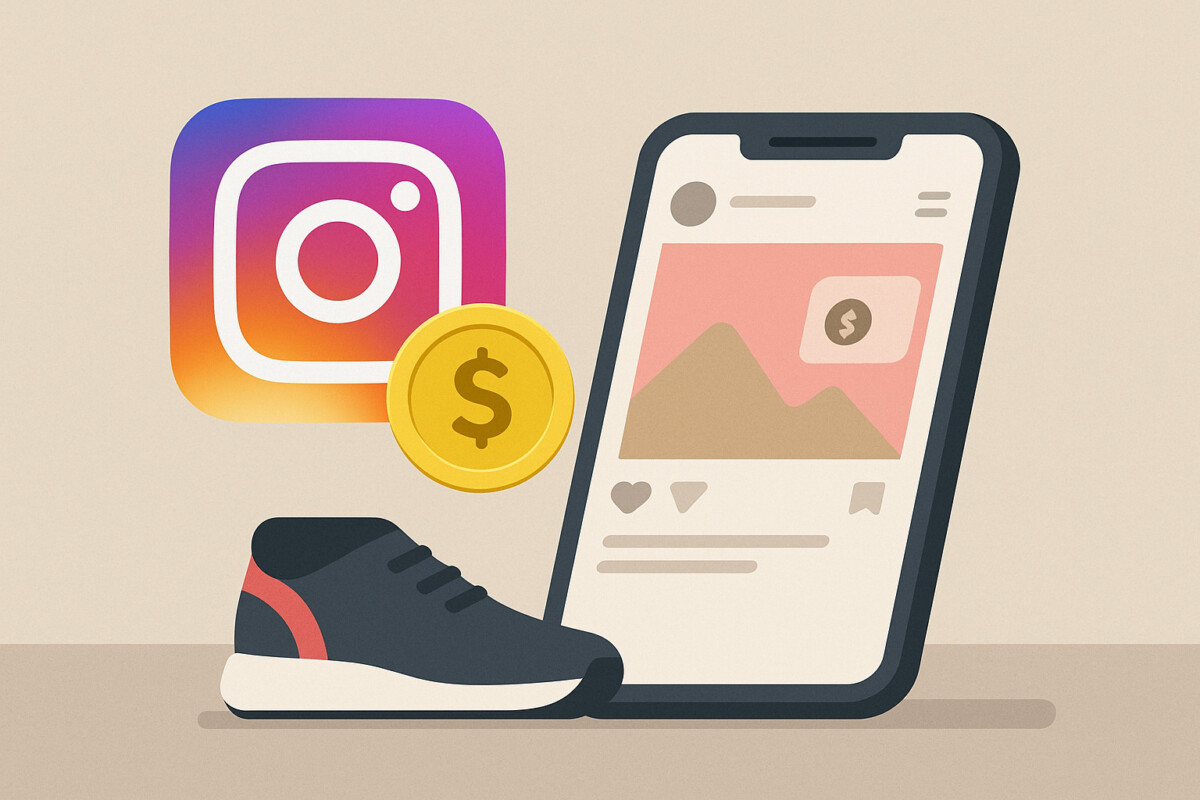
1. UGC increases conversion rates
Consumers trust real people, not ads. According to Nielsen, 92% of consumers trust recommendations from peers, making UGC one of the highest-performing forms of social proof.
Foursixty’s internal data (from prior discussions in your history) shows:
- Brands using shoppable UGC modules on PDPs often see a 10–30% lift in PDP conversion rate.
- Retailers integrating real customer photos into “Add-to-Cart” zones see higher add-to-cart rates and lower shopping cart abandonment.
2. UGC improves SEO
UGC enriches your product pages with:
- Long-tail keywords from customer feedback
- Fresh content updated in real time
- More indexing points for Google
- Opportunities to add Review Schema, ImageObject, and Product structured data
The result: stronger organic rankings for both product reviews, customer experiences, and category-level terms.
3. UGC impacts purchasing decisions
Real customer content enhances:
- Trust
- Transparency
- Authenticity
- Social proof
- Customer engagement
- Time on page
For eCommerce businesses, UGC is the most cost-effective way to influence buying behavior across the funnel.
Strategic Implementation: Where to Place UGC
To boost conversions, online retailers should place UGC at critical decision-making points:
1. Product Detail Pages (PDPs)
This is where UGC has the biggest impact. Include:
- Shoppable UGC galleries
- Real customer photos
- Influencer content tied directly to products
- Reviews, Q&A, tutorials
- Instagram posts integrated as shoppable content
This helps optimize PDP content and lift user experience metrics such as time on page, scroll depth, and click-through rates.
2. Home Page
Feature real customers to build brand trust and authority quickly.
3. Category Pages
Best for apparel, beauty, lifestyle, home goods, and footwear.
Show product fit, sizing, and real-life context.
4. Checkout & Cart Pages
Add trust with:
- Ratings
- Reviews
- Testimonials
- Loyalty program UGC
This reduces shopping cart abandonment and increases add-to-cart rate.
Tools & Platforms for UGC
Foursixty
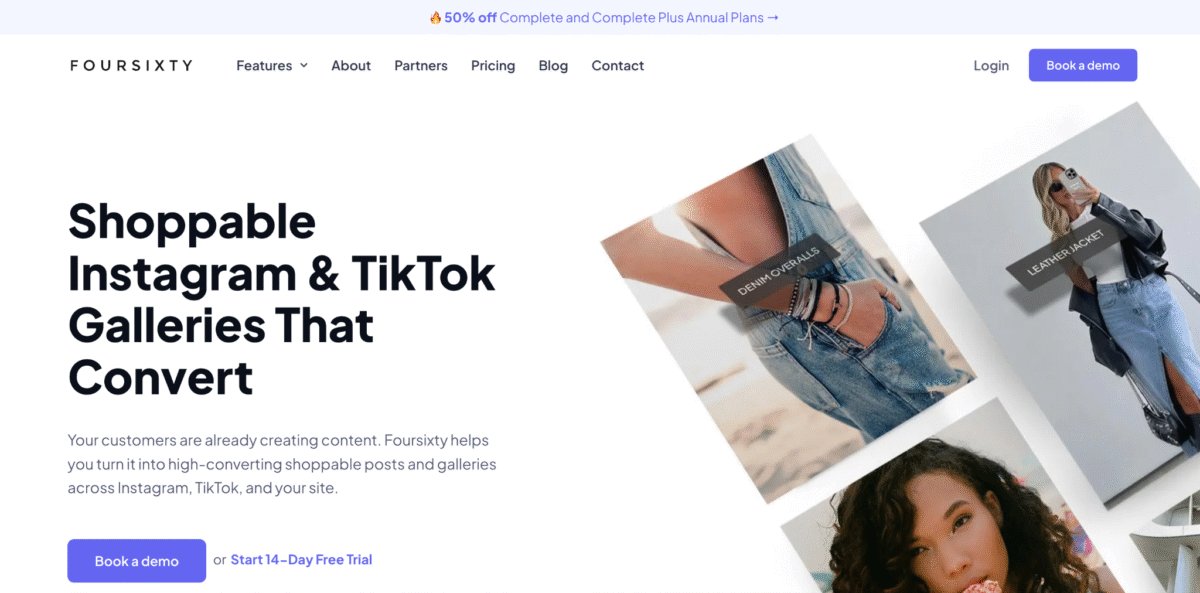
- Specializes in shoppable UGC
- Shoppable Instagram content, creator content, and real customer photos
- Known to support nearly 3,000 Shopify stores since inception
- Excellent for Instagram monetization, TikTok monetization, and conversion-driven PDP optimization
- Case studies show conversion lifts of 10–30% from shoppable galleries
- Automates rights management and UGC collection
Yotpo
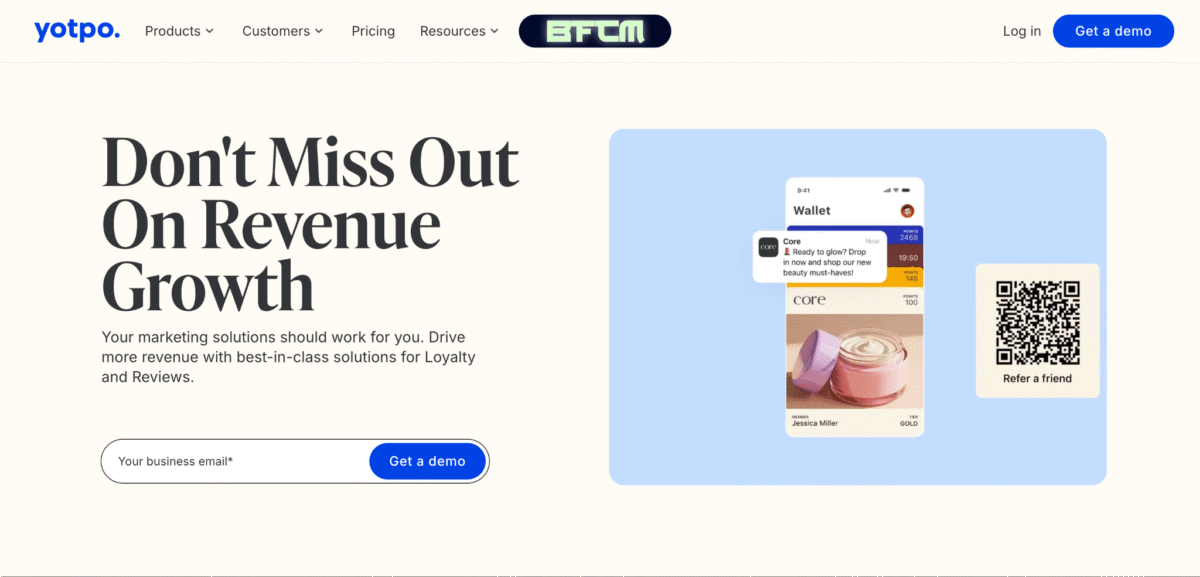
- Strong review collection
- Good SMS tools
- Complex pricing
- Strong integrations with major eCommerce platforms
Bazaarvoice
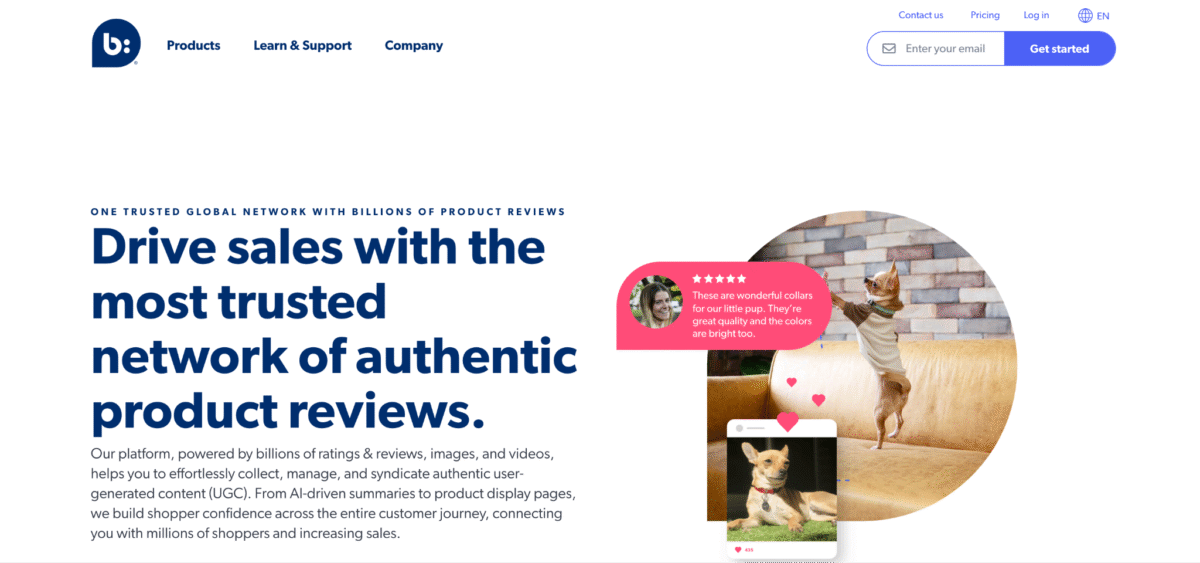
- Enterprise-level
- Syndication across retailers
- Best for large catalogs
Okendo

- Popular on Shopify
- Review attributes, customer insights
- Solid for DTC brands
Loox
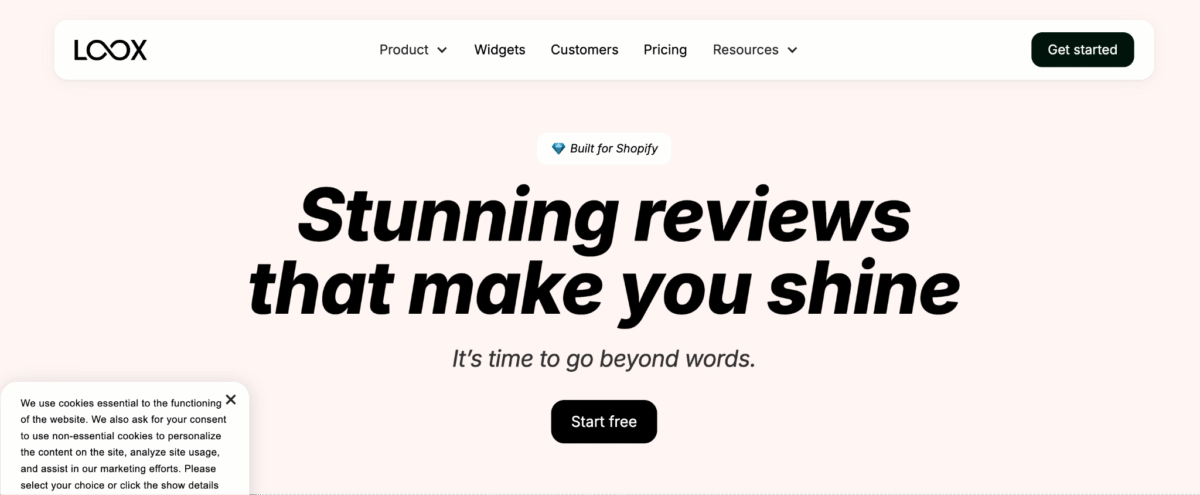
- Lightweight
- Great for photo-focused reviews
Moderation, Legal, and Compliance
Moderation
Moderate for:
- Spam
- Inappropriate content
- Misleading reviews
Avoid over-cleaning — authenticity drives trust.
Legal considerations
- Image rights must be collected before using customer photos.
- Ensure GDPR/CCPA-compliant consent.
- Use a tool that automates rights requests, such as Foursixty.
Transparency
Disclose:
- Influencer sponsorships
- Paid brand deals
- Any affiliate incentives
This builds trustworthiness with readers and compliance with FTC guidelines.
Real-World Case Studies (Pulled from Past Foursixty Data You Provided)
1. Women’s Fashion Brand — 14% PDP Conversion Lift
At Foursixty, they analyzed based on anonymized data from 83 women’s apparel brands and over 150 million shopper events, Foursixty analyzed how shoppers interact online.
- Average store: 35K+ shopper interactions per month
- Top 10%: 700K+ monthly events
- Bottom 25%: fewer than 2K per month
2. Apparel Brand — TikTok & Instagram UGC
+23% Revenue Lift with Shoppable UGC

One of the most striking examples of PDP optimization comes from Frankies Bikinis, which used Foursixty to transform its PDP experience.
By pulling in influencer UGC, customer content, and shoppable galleries directly into product pages, Frankies made its PDPs more dynamic, trustworthy, and conversion-focused.
- 23% of total revenue was influenced by Foursixty
- 19% of all orders came directly through UGC-driven content
KPIs to Track UGC Success
Track these metrics to measure your UGC strategy:
- PDP conversion rate
- Add-to-cart rate
- Click-through rates on UGC modules
- User engagement (gallery views, interactions, scroll depth)
- AOV from customers who engage with UGC
- Social shares
- Customer journey optimization metrics
- Repeat purchase rate
- Loyalty program engagement
Common Mistakes to Avoid
- Relying on fake reviews or overly curated content
- Not having a moderation process
- Burying UGC below the fold
- Not making UGC shoppable
- Not optimizing UGC for mobile
- Not linking Instagram content to Shopify or your eCommerce platform
- Ignoring rights management
- Not tracking KPIs or testing placements (CRO checklist)
Final Thoughts
UGC is not just a “nice to have” — it is a powerful tool for building trust, improving customer experiences, and increasing conversion rates across your online store. For modern eCommerce brands, a robust UGC strategy can streamline marketing efforts, optimize PDP content, and create a more authentic path for potential customers.
When executed with moderation, rights management, and continuous optimization, UGC becomes the backbone of your social proof, your shoppable content strategy, and your entire conversion content ecosystem.




